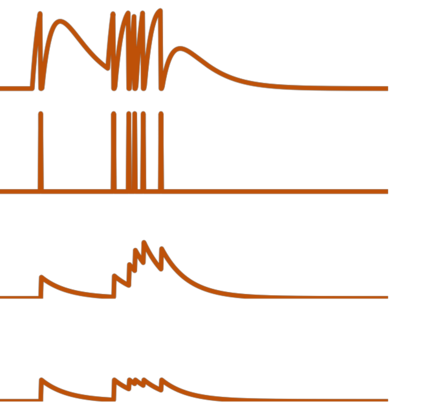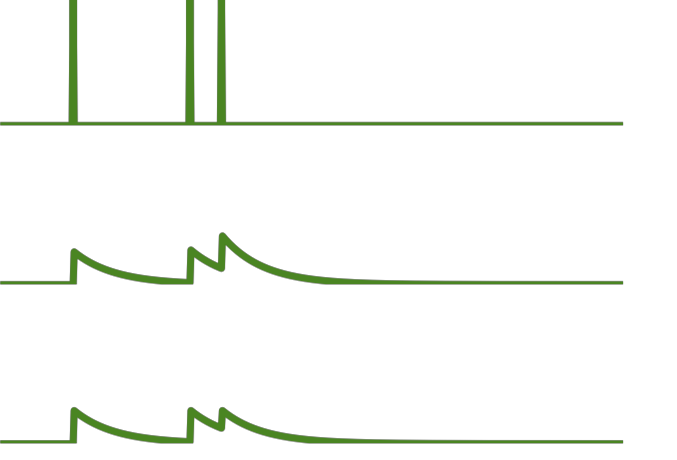Understanding how biological neural networks carry out learning using spike-based local plasticity mechanisms can lead to the development of powerful, energy-efficient, and adaptive neuromorphic processing systems. A large number of spike-based learning models have recently been proposed following different approaches. However, it is difficult to assess if and how they could be mapped onto neuromorphic hardware, and to compare their features and ease of implementation. To this end, in this survey, we provide a comprehensive overview of representative brain-inspired synaptic plasticity models and mixed-signal \acs{CMOS} neuromorphic circuits within a unified framework. We review historical, bottom-up, and top-down approaches to modeling synaptic plasticity, and we identify computational primitives that can support low-latency and low-power hardware implementations of spike-based learning rules. We provide a common definition of a locality principle based on pre- and post-synaptic neuron information, which we propose as a fundamental requirement for physical implementations of synaptic plasticity. Based on this principle, we compare the properties of these models within the same framework, and describe the mixed-signal electronic circuits that implement their computing primitives, pointing out how these building blocks enable efficient on-chip and online learning in neuromorphic processing systems.
翻译:生物神经网络如何利用基于峰值的当地可塑性机制进行学习,了解生物神经网络如何利用基于峰值的当地可塑性机制进行学习,从而在一个统一的框架内开发强大、节能和适应性神经形态处理系统。我们最近以不同的方式提出了大量基于峰值的学习模式,但很难评估它们是否和如何被映射成神经形态硬件,并比较其特点和执行的便利性。为此,我们在这次调查中全面概述了具有代表性的由大脑启发的合成可塑性模型和混合信号 =ACCMOS}神经形态电路。我们根据这个原则,对模拟合成可塑性特性的历史、自下而上和自上而下的方法进行了审查,我们找出了能够支持低延迟和低功率执行基于神经形态的学习规则的计算原始模型。我们根据超前和后合成神经神经元信息对一个地点性原则提出了共同的定义,这是实际实施合成合成可塑性塑料的基本要求。基于这个原则,我们对这些模型的特性进行了历史、自下至下至下和自上而下而下而下而下而下的方法,我们对这些模型的特性进行了比较,并查明这些模型的特性结构结构结构结构结构结构结构结构结构结构结构结构结构结构结构结构结构结构结构结构的特性进行如何引导,并描述。













